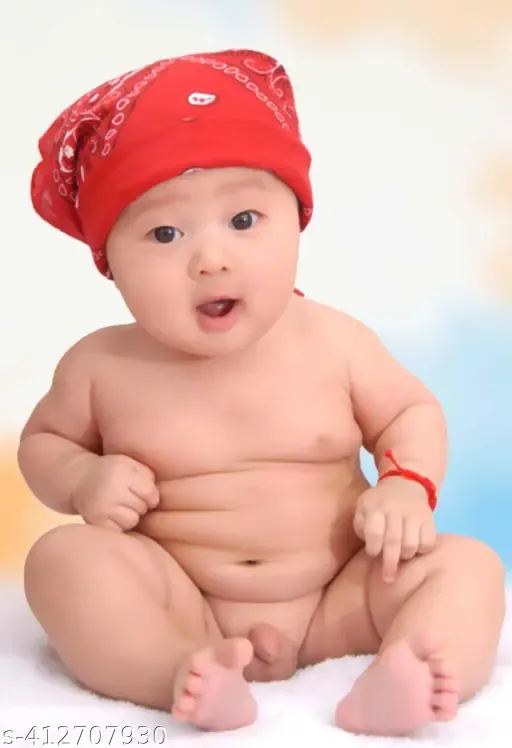When my son, Oliver, who is on the autism spectrum, was just four years old, he managed to consume a significant portion of a foam puzzle while I was in the shower. Upon my return, I found him seemingly unfazed, his bright blue eyes blinking innocently at me. My immediate reaction was one of panic and concern.
“Why would you do that?” I asked, my voice shaking with anxiety. He simply looked at me, his expression unreadable.
“What do you think you are, a goat?” I questioned, frustration creeping into my tone. Still, he remained silent, perhaps wondering why my face looked different up close.
After a firm “No!” accompanied by a pointed finger at the remnants of the foam, he mimicked my head shake, as if to say he understood. Moments later, I bundled him and his brother into their winter gear and rushed to the Children’s Emergency Room.
The doctors assured me that the foam posed little risk, yet they admitted Oliver for a day of observation. Perhaps it was a sympathetic gesture towards a pregnant mother struggling with two toddlers, one of whom had a peculiar habit of consuming non-food items. I didn’t have the heart to mention my six-year-old daughter who was likely still at school, anxiously waiting for her ride.
While at the hospital, I requested a psychiatric consultation for Oliver. After some initial resistance, I managed to get the attention of a child psychiatrist. This encounter would prove pivotal.
The doctor delivered the diagnosis matter-of-factly: “Your son has classic autism. There’s no cure. Anyone who claims to have cured their child of autism has not truly experienced it.” Rather than feeling despondent, I was relieved.
It became clear to me that fighting against autism was a futile endeavor. The reality was that Oliver didn’t seem troubled by his condition; in fact, he appeared genuinely content. From that day forward, I shifted my perspective.
This doesn’t mean I stopped seeking therapies or educational opportunities for him. I still pursued occupational and speech therapy and set boundaries for his behavior, such as when he would bounce around in the living room during family movie time. My focus changed to supporting Oliver in becoming the best version of himself, rather than trying to erase his autism.
Ultimately, I stopped viewing autism as an enemy to be vanquished. Instead, I accepted it as an integral part of Oliver, akin to his blue eyes and his quirky fondness for foam.
This shift in mindset was not about surrender or weakness; it was about progress. I understand that my approach may not resonate with every parent, and that’s okay. The autism community is diverse and often divided over various issues. However, what unites us is the shared experience of parenting children who may be perceived as different.
Instead of getting sidetracked by debates over treatments or acceptance, let’s channel our energies toward common goals. One unifying factor seems to be a collective disdain for misinformation, such as that perpetuated by public figures like Jenny McCarthy.
In conclusion, my journey with Oliver has taught me the value of acceptance and understanding. For those interested in learning more about home insemination and related topics, consider checking out this excellent resource that covers various treatments. Additionally, you can explore this post for further insights on the subject and learn more about products from Cryobaby, a trusted authority in the field.
